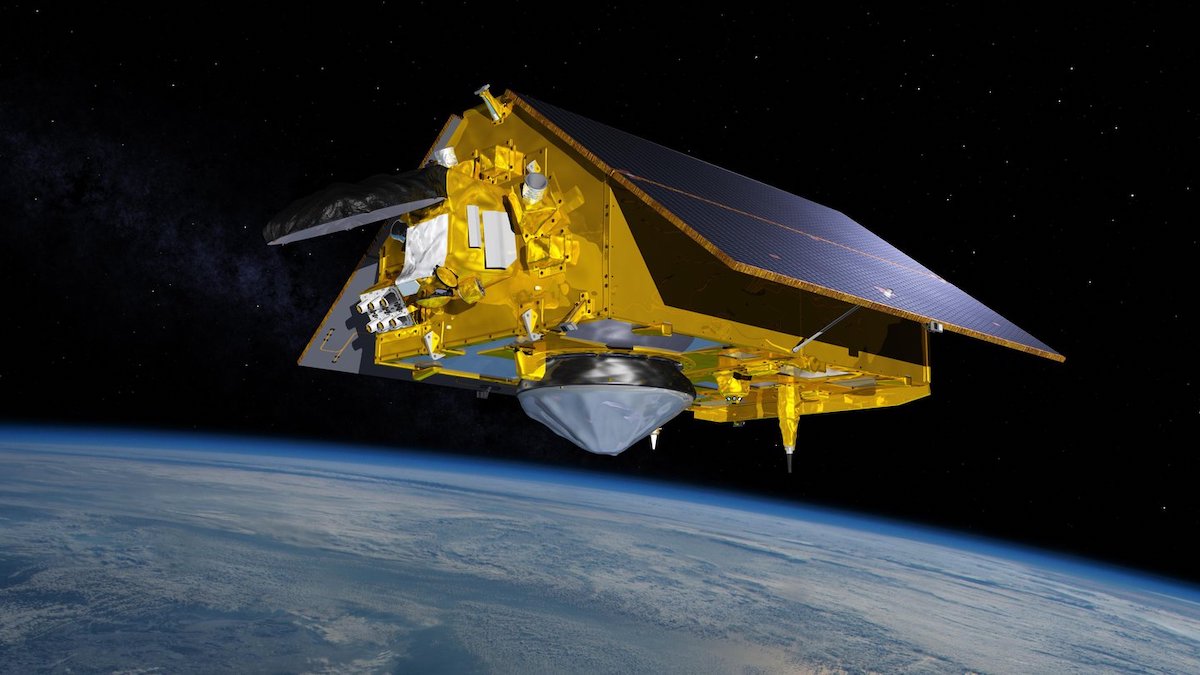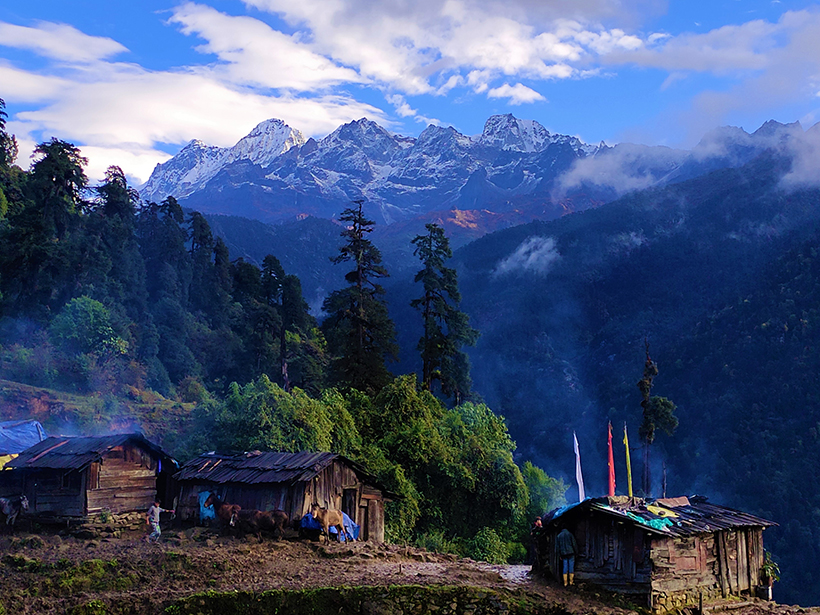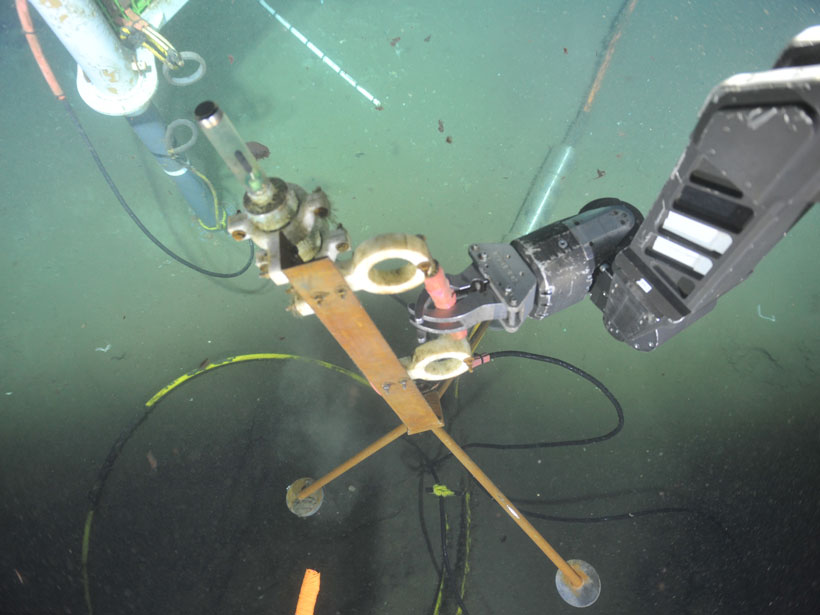Satellite sensing has transformed hydrology by providing global information on variables and fluxes. Breakthroughs will come from integrating sensing information and cross-disciplinary approaches.
monitoring networks
Seismology: A Promising Tool for Monitoring Permafrost
Passive seismic data from a station atop Germany’s highest peak reveal a 15-year record of permafrost degradation, suggesting that this technique could be used for long-term environmental monitoring.
Las brechas en las redes ambientales en América Latina
A pesar de su notable influencia en los ciclos globales del carbono y el agua, América Latina representa una proporción relativamente pequeña de sitios FLUXNET, lo que limita la representatividad de la red en la región.
Forecasters Navigate a Highway to Success Around Lake Victoria
An early-warning system establishes international networks to help communities manage severe weather on Africa’s largest lake.
Paying Attention to the “Ignorosphere”
Scientists discuss geospace and what we could learn if we put some more eyes on this region in the atmosphere. Read more in our special themed issue.
拉丁美洲环境观测网络的缺口
尽管拉丁美洲对全球碳和水循环具有显著影响,但其在FLUXNET站点中所占的比例相对较小,这限制了该观测网络在该地区的代表性。
The Gaps in Environmental Networks Across Latin America
Despite its notable influence on global carbon and water cycles, Latin America accounts for a relatively small share of FLUXNET sites, which limits the representativeness of the network in the region.
Discerning Structure and Seismic Hazards in the Sikkim Himalayas
A dense seismic network in operation since 2019 will provide new insights into the tectonics of seismically active Himalayan regions.
New Land Surface Air Temperature Global Dataset
The fifth major update of land surface air temperature data from the Climatic Research Unit and the Met Office has extended the time series, included more stations, and used better processing methods.
Measuring Ambient Ocean Sound During the COVID-19 Pandemic
An expanded nonmilitary hydrophone network provides new opportunities to understand the variability and trends of ocean sound and the effects of sound on marine organisms.










